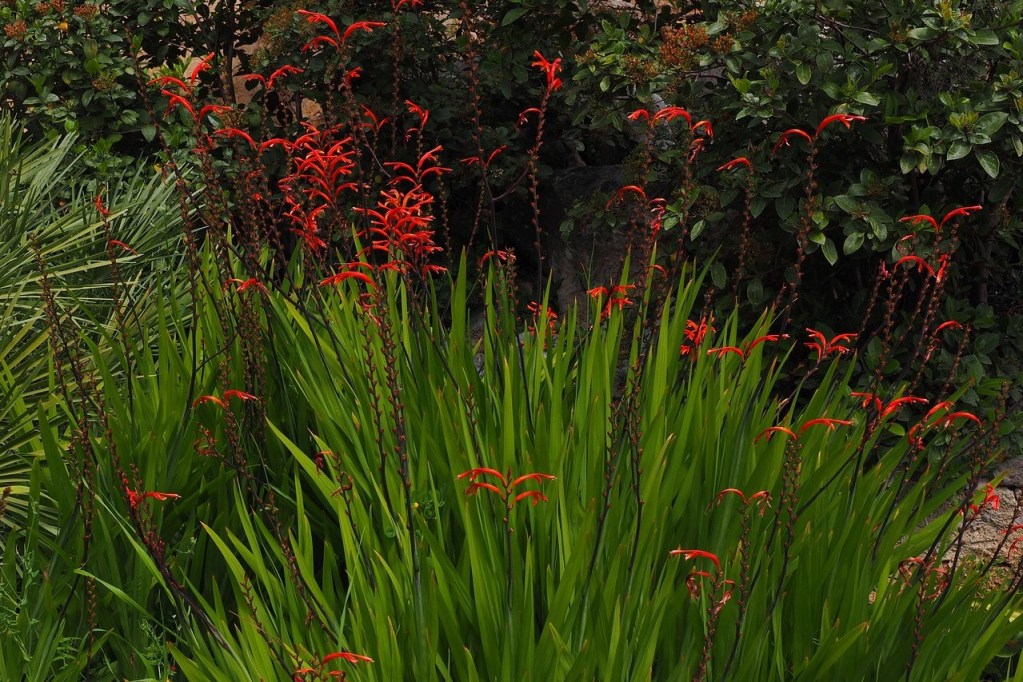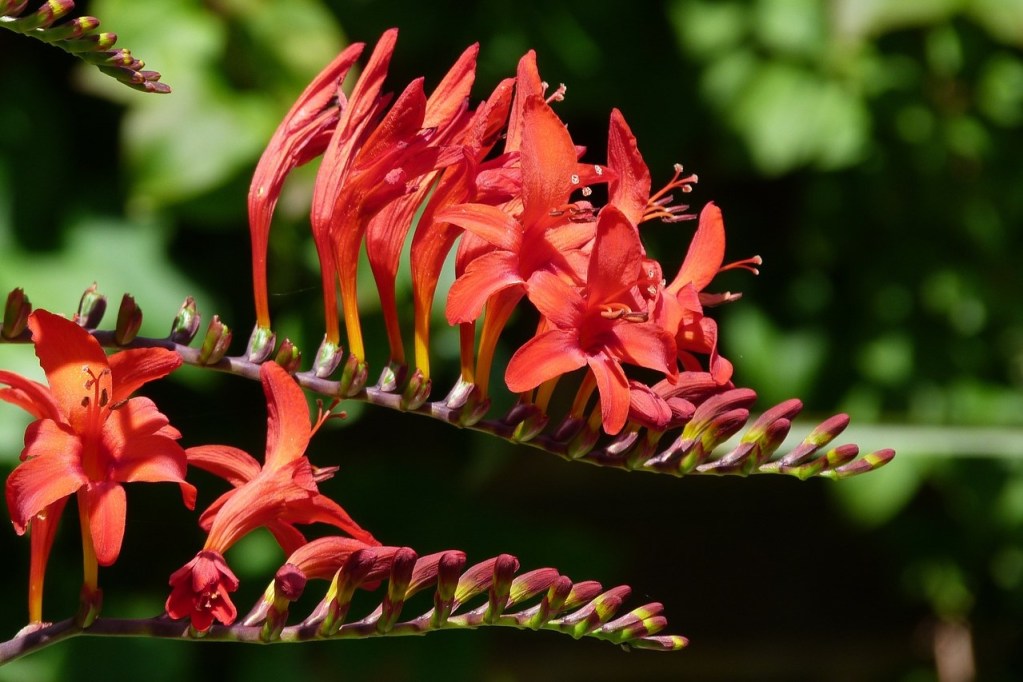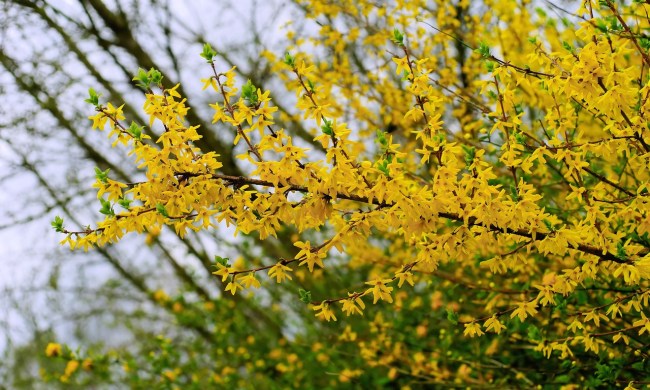A summer garden full of bright, vibrant flowers is a delight to behold, and there are so many colors to choose from. From sunny yellows to cheerful pinks, there are flowers in practically any color you could want. If you’re looking for orange and red flowers that really stand out, then crocosmia might be just what you need! Also called coppertips, these flowers are easy to grow and lovely to look at. Just follow these tips to grow your own.
Planting crocosmia
Begin planting your crocosmia in mid-spring, after the last chance of frost has passed. If you want to get a head start you can plant them in starter pots indoors or in a greenhouse. Then, transplant the crocosmia into your garden once the weather is warm.
Choose a planting site that’s in full sun or light shade. Crocosmia does best in rich and well-draining soil. You can improve your soil before planting by adding compost or leaf mulch. The organic matter breaks down, leaving gaps in the soil for water to flow through as well as adding nutrients to the soil for your plants to use.

How to care for crocosmia
Once planted, crocosmia requires very little care. Water your crocosmia weekly during spring and summer, when it is growing. During fall and winter, decrease your watering to every other week or even just once a month. This is when crocosmia stops growing and becomes dormant, meaning it uses less water.
Apply a layer of mulch around your crocosmia during fall and winter. This helps insulate the roots and aids in water retention. Leaf mulch or mold is a particularly good choice, as it will break down slowly and enrich the soil. Although it is not strictly necessary, you can deadhead your crocosmia. Removing wilted or dead flowers encourages the plant to bloom again, so you can enjoy your blooms for longer.

Can crocosmia grow indoors?
Crocosmia can grow indoors, as long as you take a few things into consideration. Crocosmia needs at least 4 to 6 hours of sun daily, which can be difficult to get indoors. Placing your crocosmia in a window that faces south or west will give it the most sunlight, but you may need to supplement it with a grow light if you have limited options. Additionally. take care not to overwater your crocosmia. Since the container you grow it in is smaller than the space it would have outdoors, there are fewer places for the water to drain to.
Finally, keep your crocosmia away from drafts and air vents, as these can make your plant too cold and dry. This is especially important during summer, when you’re likely to be running your air conditioner, and winter, when your heat is on.
Crocosmias are stunning flowers that thrive in most gardens. Add them to your garden or home today and in no time you’ll be seeing tons of bright orange or red blooms. They’ll even attract hummingbirds and butterflies!




